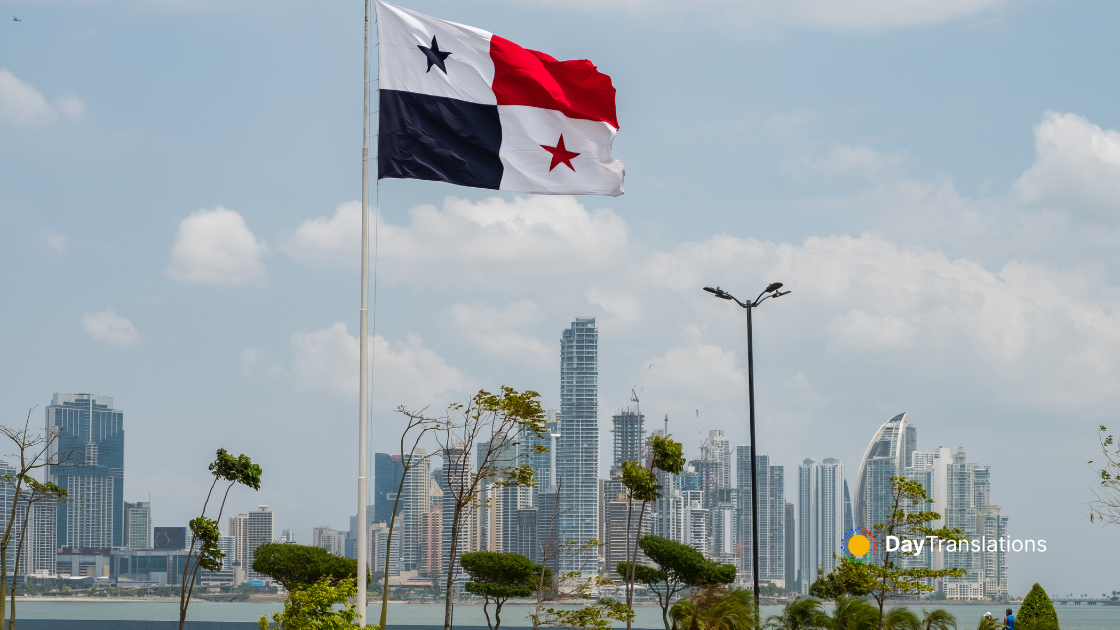The Republic of Paraguay is a landlocked country located in South America. It is bordered by Argentina to the south and southwest, Brazil to the east and northeast, and Bolivia to the northwest. Paraguay lies on both banks of the Paraguay River, which runs through the center of the country from north to south.
Paraguay’s capital and largest city is Asunción. The official languages are Spanish and Guaraní, both being widely spoken in the country. Guarani have been living in Paraguay since prior to the arrival of Spaniards in the 16th century, when Paraguay became part of the Spanish colonial empire – Paraguay gained independence from Spain in 1811. Up to 95% of Paraguayans are mestizos, people of mixed Spanish and Native American descent. Many speak the language of the indigenous Guarani; the rest are bilingual or only speak Spanish.
With few mineral resources, Paraguay’s economy revolves around agriculture. The 1990s saw slow, steady growth, but by 2002 the economy was in serious trouble, partly because of a financial crisis in neighboring Argentina. Emergency loans – conditional on economic reforms – were negotiated with the IMF.
In this Country Profile
:: Background of Paraguay ::
Paraguay achieved its independence from Spain in 1811. In the disastrous War of the Triple Alliance (1865-70) – between Paraguay and Argentina, Brazil, and Uruguay – Paraguay lost two-thirds of all adult males and much of its territory. The country stagnated economically for the next half century. Following the Chaco War of 1932-35 with Bolivia, Paraguay gained a large part of the Chaco lowland region. The 35-year military dictatorship of Alfredo STROESSNER ended in 1989, and, despite a marked increase in political infighting in recent years, Paraguay has held relatively free and regular presidential elections since then.
:: Geography of Paraguay ::
Location: Central South America, northeast of Argentina
Geographic coordinates: 23 00 S, 58 00 W
Area:
total: 406,752 sq km
land: 397,302 sq km
water: 9,450 sq km
Area – comparative: slightly smaller than California
Land boundaries: 3,995 km
Coastline: 0 km (landlocked)
Maritime claims:
none (landlocked)
Climate: subtropical to temperate; substantial rainfall in the eastern portions, becoming semiarid in the far west
Terrain: grassy plains and wooded hills east of Rio Paraguay; Gran Chaco region west of Rio Paraguay mostly low, marshy plain near the river, and dry forest and thorny scrub elsewhere
Elevation extremes:
lowest point: junction of Rio Paraguay and Rio Parana 46 m
highest point: Cerro Pero 842 m
Natural resources: hydropower, timber, iron ore, manganese, limestone
Land use:
arable land: 7.47%
permanent crops: 0.24%
other: 92.29% (2005)
Irrigated land: 670 sq km (2003)
Total renewable water resources: 336 cu km (2000)
Freshwater withdrawal (domestic/industrial/agricultural):
total: 0.49 cu km/yr (20%/8%/71%)
per capita: 80 cu m/yr (2000)
Natural hazards: local flooding in southeast (early September to June); poorly drained plains may become boggy (early October to June)
Environment – current issues: deforestation; water pollution; inadequate means for waste disposal pose health risks for many urban residents; loss of wetlands
Environment – international agreements: party to: Biodiversity, Climate Change, Climate Change-Kyoto Protocol, Desertification,
Endangered Species, Hazardous Wastes, Law of the Sea, Ozone Layer Protection, Wetlands; signed, but not ratified: none of the selected agreements
Geography – note: landlocked; lies between Argentina, Bolivia, and Brazil; population concentrated in southern part of country
:: People of Paraguay ::
Population: 6,375,830 (July 2010 est.)
Age structure:
0-14 years: 36.7% (male 1,304,115/female 1,260,560)
15-64 years: 58.1% (male 2,043,509/female 2,023,317)
65 years and over: 5.2% (male 168,554/female 195,600) (2010 est.)
Median age:
total: 24.9 years
male: 24.7 years
female: 25.1 years (2010 est.)
Population growth rate: 1.31% (2010 est.)
Birth rate: 17.73 births/1,000 population (2010 est.)
Death rate: 4.55 deaths/1,000 population (July 2010 est.)
Net migration rate: -0.08 migrant(s)/1,000 population (2010 est.)
Urbanization:
urban population: 60% of total population (2008)
rate of urbanization: 2.8% annual rate of change (2005-10 est.)
Sex ratio:
at birth: 1.05 male(s)/female
under 15 years: 1.03 male(s)/female
15-64 years: 1.01 male(s)/female
65 years and over: 0.86 male(s)/female
total population: 1.01 male(s)/female (2010 est.)
Infant mortality rate:
total: 23.83 deaths/1,000 live births
male: 27.84 deaths/1,000 live births
female: 19.62 deaths/1,000 live births (2010 est.)
Life expectancy at birth:
total population: 75.99 years
male: 73.39 years
female: 78.71 years (2010 est.)
Total fertility rate: 2.16 children born/woman (2010 est.)
HIV/AIDS – adult prevalence rate: 0.6% (2007 est.)
HIV/AIDS – people living with HIV/AIDS: 21,000 (2007 est.)
HIV/AIDS – deaths: fewer than 1,000 (2007 est.)
Nationality: noun: Paraguayan(s) adjective: Paraguayan
Ethnic groups: mestizo (mixed Spanish and Amerindian) 95%, other 5%
Religions: Roman Catholic 89.6%, Protestant 6.2%, other Christian 1.1%, other or unspecified 1.9%, none 1.1% (2002 census)
Languages: Spanish (official), Guarani (official)
Literacy:
definition: age 15 and over can read and write
total population: 94%
male: 94.9%
female: 93% (2003 est.)
School life expectancy (primary to tertiary education):
total: 12 years
male: 12 years
female: 12 years (2007)
Education expenditures: 4% of GDP (2008)

Sorry, the comment form is closed at this time.